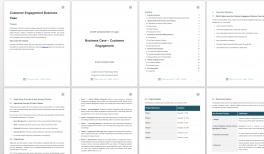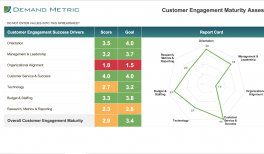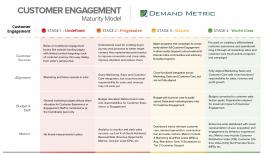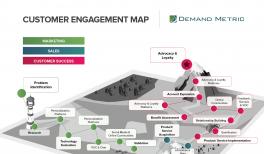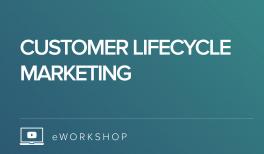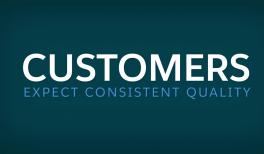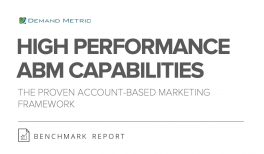This report details the findings of a joint study by Demand Metric and Marketo to study the current state of lifecycle marketing.
Lifecycle Marketing Benchmark Report
Resource Overview
Related Resources
Introduction
It’s well known among marketing professionals that customers go through a series of stages – a lifecycle – in their relationship with vendors. Despite differences in customers and the vendors with whom they do business, the lifecycle stages are pretty universal: Awareness (also known as Attraction), Consideration, Purchase, Retention and Advocacy. What differs is how long prospects remain in each stage, what kind of experience they have while they’re there, and what must happen to advance the relationship to the next stage.
Marketing is ideally the steward of the customer journey, and it faces several challenges in fulfilling this responsibility. One of the most formidable challenges is the self-directed nature of the journey. The norm is for prospective customers to start their journey in stealth mode, making significant progress on their own without marketing and sales aid, influence or assistance. Marketing has historically presided over the Awareness stage, and together with sales, the Consideration stage. But now, customers often pass through both of these stages undetected, and marketers understandably feel some anxiety over their diminished influence in these lifecycle stages.
While the stages of the customer journey are well known, from the customers’ perspective traversing them is sometimes a bumpy ride. Customers don’t view their relationship with vendors as a series of stages, each with a different conductor who may or may not know what transpired in a previous stage. Customers want a smooth journey and expect vendors to know the history of their relationships and the content already consumed; they don’t want to have to re-explain their needs and interests each time they transition to a new stage. They prefer seamless, consistent quality across all touch points and stages of the relationship, regardless of the device or channels through which interaction occurs. They value one-to-one, contextually relevant engagement that is sensitive to who they are, what they do and where they’re going.
Table of Contents
- Introduction
- Ownership & Understanding
- Customer Lifecycle Marketing Benefits & Challenges
- Lifecycle Marketing Critical Success Factors
- The Revenue Impact of Customer Lifecycle Marketing
- Lifecycle Marketing Action Plan
- Acknowledgements

